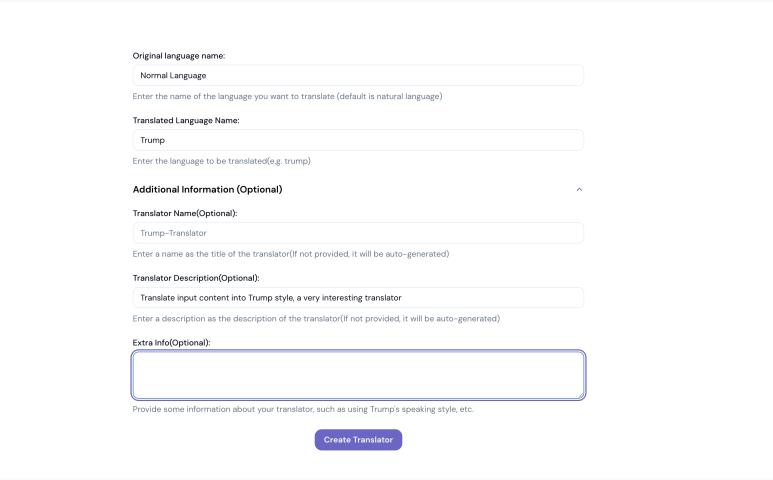Managed cloud services refer to the outsourcing of day-to-day management responsibilities for infrastructure and services to a third-party provider. These services are designed to help businesses optimize their cloud environments, ensuring they are secure, efficient, and cost-effective. Managed cloud services encompass a wide range of tasks, including deployment, monitoring, maintenance, optimization, and support for cloud-based resources and applications. Here’s a comprehensive overview of what managed cloud services typically involve:
Key Components of Managed Cloud Services
1. Cloud Strategy and Consultation
- Needs Assessment: Understanding the specific requirements and goals of the business.
- Cloud Readiness Assessment: Evaluating the current IT environment to determine readiness for cloud adoption.
- Cloud Strategy Development: Crafting a strategic plan for cloud migration, deployment, and management.
2. Cloud Migration
- Migration Planning: Developing a detailed migration plan, including timelines and resource allocation.
- Data Migration: Transferring data from on-premises systems to the cloud.
- Application Migration: Moving applications to the cloud, including re-hosting, re-platforming, or re-architecting as needed.
- Testing and Validation: Ensuring that migrated applications and data function correctly in the cloud environment.
3. Cloud Deployment and Configuration
- Infrastructure Setup: Provisioning and configuring cloud resources such as virtual machines, storage, and networking.
- Application Deployment: Deploying applications and services in the cloud environment.
- Configuration Management: Setting up and managing configurations to ensure consistency and compliance.
4. Cloud Monitoring and Management
- Performance Monitoring: Continuously monitoring the performance of cloud resources and applications.
- Resource Management: Managing cloud resources to optimize performance and cost.
- Health Checks: Regularly conducting health checks to identify and resolve potential issues.
- Automated Scaling: Implementing auto-scaling to adjust resources based on demand.
5. Security and Compliance
- Security Monitoring: Continuously monitoring for security threats and vulnerabilities.
- Access Management: Implementing identity and access management (IAM) to control access to cloud resources.
- Data Encryption: Ensuring data is encrypted both in transit and at rest.
- Compliance Management: Ensuring that the cloud environment complies with relevant regulations and industry standards (e.g., GDPR, HIPAA, PCI-DSS).
6. Backup and Disaster Recovery
- Data Backup: Regularly backing up data to prevent loss.
- Disaster Recovery Planning: Developing and implementing disaster recovery plans to ensure business continuity.
- Replication: Setting up data and application replication across different geographical locations.
7. Optimization and Cost Management
- Cost Monitoring: Continuously monitoring cloud spending to identify cost-saving opportunities.
- Resource Optimization: Optimizing resource usage to reduce costs while maintaining performance.
- Rightsizing: Adjusting resource allocations to match actual usage needs.
8. Support and Maintenance
- Technical Support: Providing ongoing technical support to address issues and answer questions.
- Patch Management: Regularly updating and patching cloud resources to address vulnerabilities and improve performance.
- Service Level Agreements (SLAs): Ensuring that agreed-upon service levels are met, including uptime and response times.










